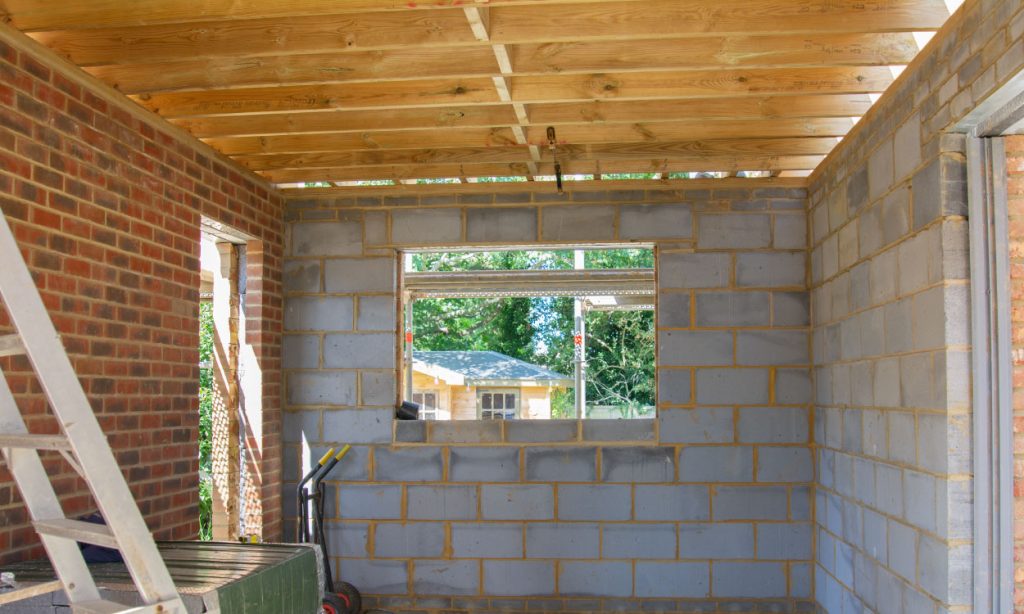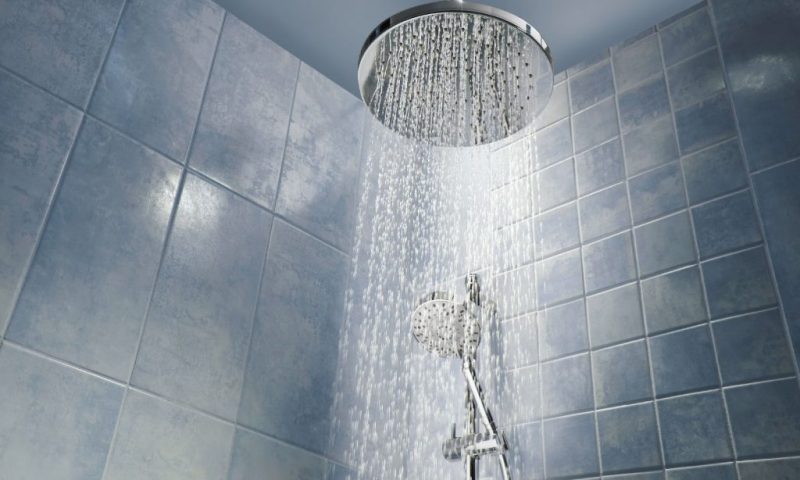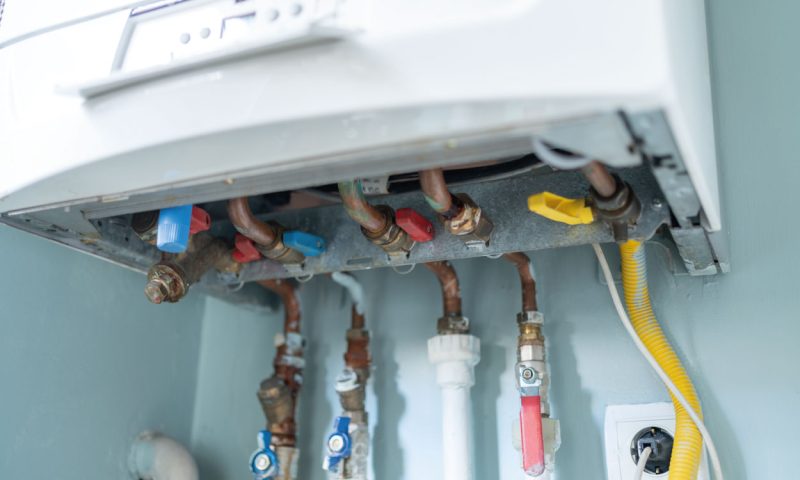How to Insulate a Flat Roof from the Inside?

If you’re looking for ways to make your home more energy efficient, your roof is one of the most important areas to pay attention to. Studies show that an uninsulated roof can lose up to a quarter of a property’s heat as a result of inefficient thermal retention. For homes with flat roofs, insulating properly will ensure a warmer property, lower energy bills and a more comfortable experience.
While flat roof insulation is sometimes added from above, many homeowners are now wondering if it’s possible to insulate from the inside. The answer is yes- but the right process needs to be followed.
With this in mind, we’ve put together a comprehensive guide that explores all the benefits of insulating a flat roof from the inside as well as outlining how you can install your insulation successfully.
Read on for more information…

Benefits of insulating a flat roof
Insulating a flat roof isn’t just about keeping heat in; there are a number of wide-ranging benefits, including:
- Reduced energy bills: With better heat retention, your heating system works less, which reduces fuel consumption and the costs you will be paying.
- Improved comfort: Rooms beneath a flat roof can often feel draughty or chilly during winter and colder periods. They may also feel overheated in the summer. Having proper insulation stabilises indoor temperatures all year round.
- Condensation control: A properly insulated and ventilated roof prevents condensation from forming, which can otherwise lead to damp, mould and decay.
- Noise reduction: Insulation can also help block external noises, improving comfort in your home.
- Increased property value: These days, buyers are increasingly looking for homes with a strong energy performance. A well-insulated property will boost energy efficiency and might see you receive higher offers.
As you can see, insulation is not only about saving money, it also enhances your home’s overall living condition.
How to insulate a flat roof from the inside?
Insulating a flat roof from the inside requires careful planning, but if you follow the right steps, you can do so successfully. This includes:
Assess the roof’s current condition
Before beginning, take some time to inspect your roof. Check for leaks, damp patches, rot or sagging. Insulation must never cover up unresolved structural or water issues. Repairing the roof first will avoid future damage.
Check building regulations
UK Building Regulations Part L sets thermal performance requirements. Always check with your local authorities to ensure the work you are doing will be compliant.
Prepare work area
Clear the ceiling space beneath the flat roof, protect the flooring and furniture and make sure you’re wearing the appropriate safety gear (such as gloves, masks and goggles. Also, ensure there is safe access to the joists.
Plan the layout
Decide where insulation boards or batts will sit between the joists and how wiring and pipes will be accommodated. Make sure you take accurate measurements to avoid any gaps. Take measurements more than once to ensure you haven’t made any mistakes.
Lay down plywood or OSB sheathing
A sheathing layer beneath joists provides a solid base for fixing the vapour barrier and insulation. It also improves structural rigidity.
Install a vapour barrier
Next, place a vapour control layer under the sheathing to prevent warm, moist air from penetrating the insulation and damaging the structure. Properly sealing the seams and edges of the barrier is crucial.
Install insulation between the joists
Fit rigid insulation boards or mineral wood batts tightly between the roof joists. Ensure the placement is snug and there are no air gaps. Thicknesses of the insulation will vary, so before you purchase your material, make sure you check the regulations.
Seal gaps and edges
Use expanding foam or specialist tape to seal around penetrations and at the insulation perimeter. This avoids problems such as thermal bridging and air leaks.
Inspect and finish
Once insulation is secure, inspect the work for gaps or loose sections. Finish off with your chosen ceiling lining and get ready to decorate it.
By following these steps correctly, you will create a warm and energy-efficient flat roof interior.
Can you insulate a flat roof yourself?
Yes, it is possible to insulate a flat roof yourself as part of a DIY project. However, it’s not for everyone, and you should be a confident DIYer before attempting the task. Let’s take a look at some pros and cons of doing it yourself.
Pros of DIY flat roof insulation:
- Cost savings: Professional installation can be expensive due to the labour costs involved. Doing it yourself will cut these costs.
- Control over materials: You choose the type, thickness and quality of the insulation.
- Flexible timing: You can work at your own pace and in stages if needed.
Cons of DIY flat roof insulation:
- Technical know-how: Making mistakes due to a lack of knowledge can cause problems like condensation and mould.
- Safety risks: Working at a height or handling insulation materials can be a hazardous process.
- Regulation compliance: Professional installers will be more familiar with the building regulations.
- Time-consuming: If you’re not sure what you are doing, it can take a long time.
Difference between a cold roof and a hot roof
When insulating a flat roof, you may come across the terms ‘hot roof’ and ‘cold roof’. Understanding the difference is vital.
- Hot roof: Insulation is installed directly beneath the roof deck above the joists. This keeps the roof structure warm, reducing the risk of condensation. This is the modern and recommended approach.
- Cold roof: Insulation sits between the ceiling joists, which can leave the roof deck cold. While this was a traditional method that used to be widespread, it often leads to condensation and is inadvisable.
In short, you should always aim for a hot roof design as it ensures long-term performance and energy efficiency.
Flat roofs are common in UK homes, but without proper insulation, they can be a major source of heat loss. From reduced energy bills and a boost in property value, the benefits are undeniable.
The post How to Insulate a Flat Roof from the Inside? appeared first on UK Home Improvement.







